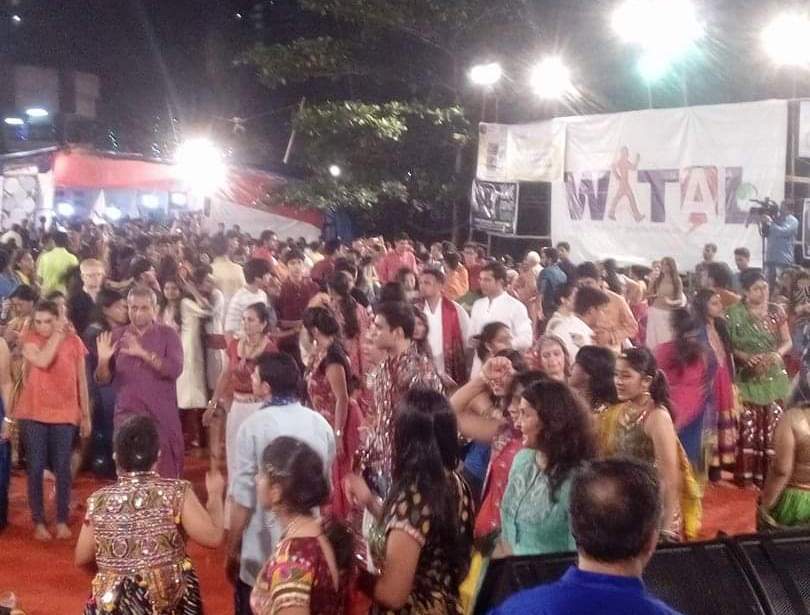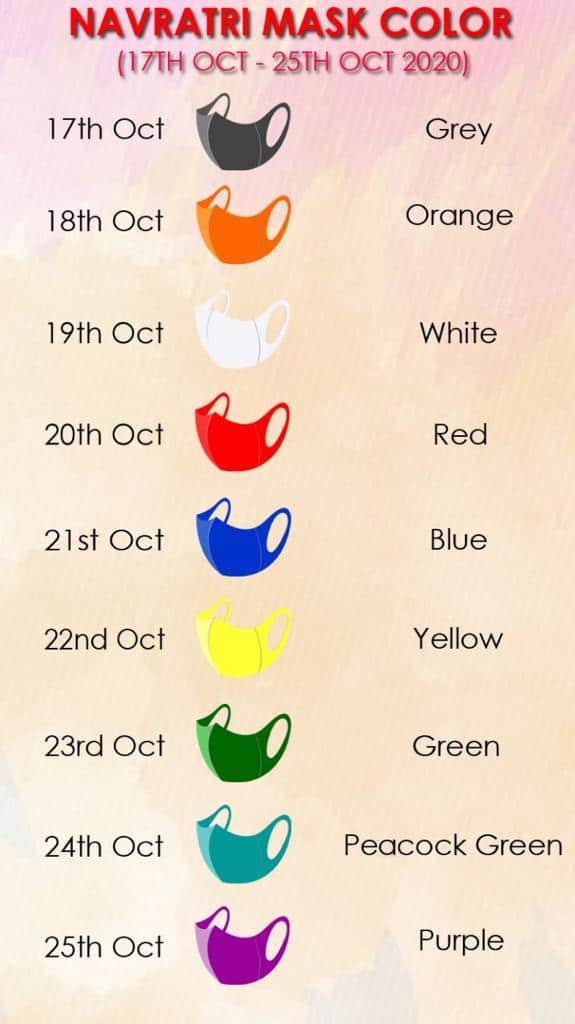Being a hardcore Gujju (Gujarati) and a Bombayite by birth, the street dancer in me that comes alive and out in full force every Navratri, is restless this year.
Navratri, which when translated into English literally means ‘9 nights’, is usually 9 nights of worship and dancing for us. Garba and Dandiya are the big cultural dances that are performed. Garba is done before the worshipping rituals (called Aarti) while Dandiya is performed after the Aarti. Some of us have been performing as a troupe at the local celebrations over the last couple of years.
This year all the festivities related to this very special and colourful festival stand cancelled. No crowding will help curtail the spread of Covid-19 which continues its world tour unabated! Still, as there is no dancing this year, there is a different kind of ache in my heart.


There are some cultural programs happening online which they call a “Digital experience”. Dancing online on zoom is not what I enjoy, but I am looking forward to attending a special Aarti in person, as representative of our society. The event will be telecast on zoom to the whole world. I’m told that all social distancing and other precautions are in place and we should not have anything to worry about.
The silver lining though is that this time we are actually focusing on the religious aspect of this festival in terms of the rituals, pooja, the colour of the day, and so on. I, for one, being a diehard sari fan, have been wearing saris everyday, based on the colour du jour.

Right now, we don’t know for how long this situation is going to stay but the eternal optimist in me thinks that we will be back to normal next year. What I do know is that whenever it happens, we will cherish the fervour and glory of the next Navratri, and not take anything for granted. Till then, it’s a good idea for all of us to stay home unless it’s unavoidable.

Also read:
Durga Pujo – the digital way
Photo Essay: Ganesh Chaturthi during a pandemic
Throwback to the times when Dahi Handi festivities were possible
Very nicely expressed…in some ways things were going overboard with d frenzy of each festival escalating with every passing year…the peace (though not with peace of mind ..as d fear of corona looms) and quiet this year may be a welcome change for many who felt helpless and overwhelmed by the noise and crowds in past years